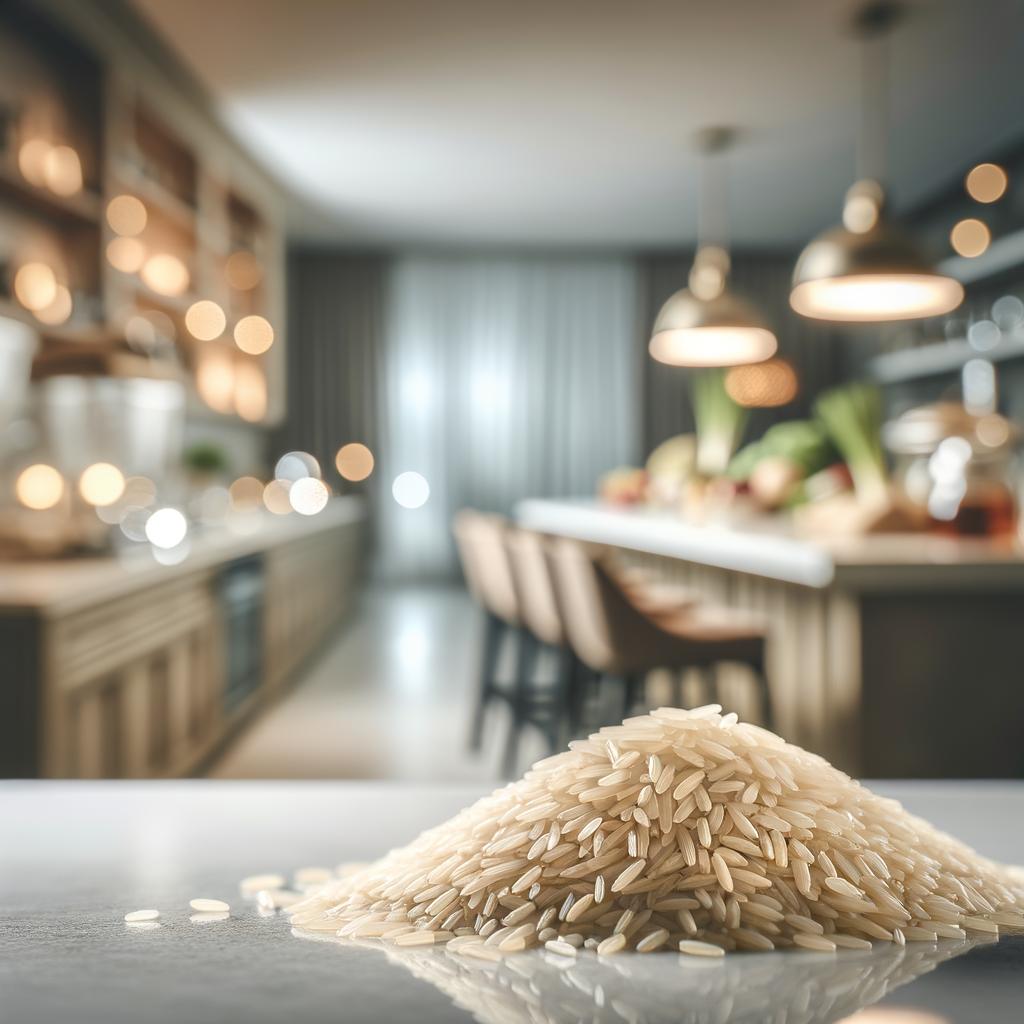Rice Bran

Description
Rice bran, the golden-brown outer layer of the rice kernel, is a humble yet fascinating ingredient. It is a byproduct of the rice milling process, often overlooked, yet packed with flavor and nutrients. Visually, it has a coarse texture, similar to wheat bran, and its hue ranges from pale yellow to a rich, nutty brown. It has a slightly sweet, nutty flavor and a unique, earthy aroma that sets it apart from other grain byproducts.
The magic of rice bran lies in its oil content. It is one of the few natural sources of Gamma Oryzanol, a unique antioxidant that is not found in any other grains. This characteristic makes rice bran a truly unique and valuable ingredient.
Primary Uses
In the culinary world, rice bran is used in a variety of ways. It is often used as a dietary fiber supplement, thanks to its high fiber content. In Japanese cuisine, it is used in the fermentation process of traditional foods like natto and miso. Rice bran oil, extracted from the bran, is used in cooking for its high smoke point and mild flavor.
Beyond the kitchen, rice bran has been used in traditional medicine, particularly in Ayurveda, for its potential anti-inflammatory and cholesterol-lowering properties. It also plays a significant role in skincare, with its oil being a popular ingredient in creams and lotions for its moisturizing benefits.
History
The story of rice bran is as old as rice cultivation itself. Originating in Asia over 10,000 years ago, rice has been a staple food for billions of people. However, for much of its history, the bran was discarded during the milling process. It was only in recent centuries that the nutritional value of rice bran was recognized.
In Japan, there is an old saying, "Nuka ni sake," which translates to "Even bran can make sake." This reflects the historical appreciation of rice bran in Japanese culture. The use of rice bran has evolved over time, from being a simple byproduct to a valued ingredient in both culinary and non-culinary applications.
Nutritional Information
Rice bran is a nutritional powerhouse. It is rich in dietary fiber, essential fatty acids, and vitamins like Vitamin E and B-complex. It also contains significant amounts of minerals like magnesium, phosphorus, and iron.
One of the most unique aspects of rice bran is its high content of Gamma Oryzanol, a potent antioxidant that has been linked to a variety of health benefits, including reducing cholesterol levels and inflammation. Compared to other grain byproducts, rice bran stands out for its nutritional profile, particularly for its fiber and antioxidant content.
However, like all foods, rice bran should be consumed in moderation. Excessive consumption can lead to digestive issues due to its high fiber content. It's about finding the balance and incorporating this nutritious ingredient into a varied and balanced diet.

